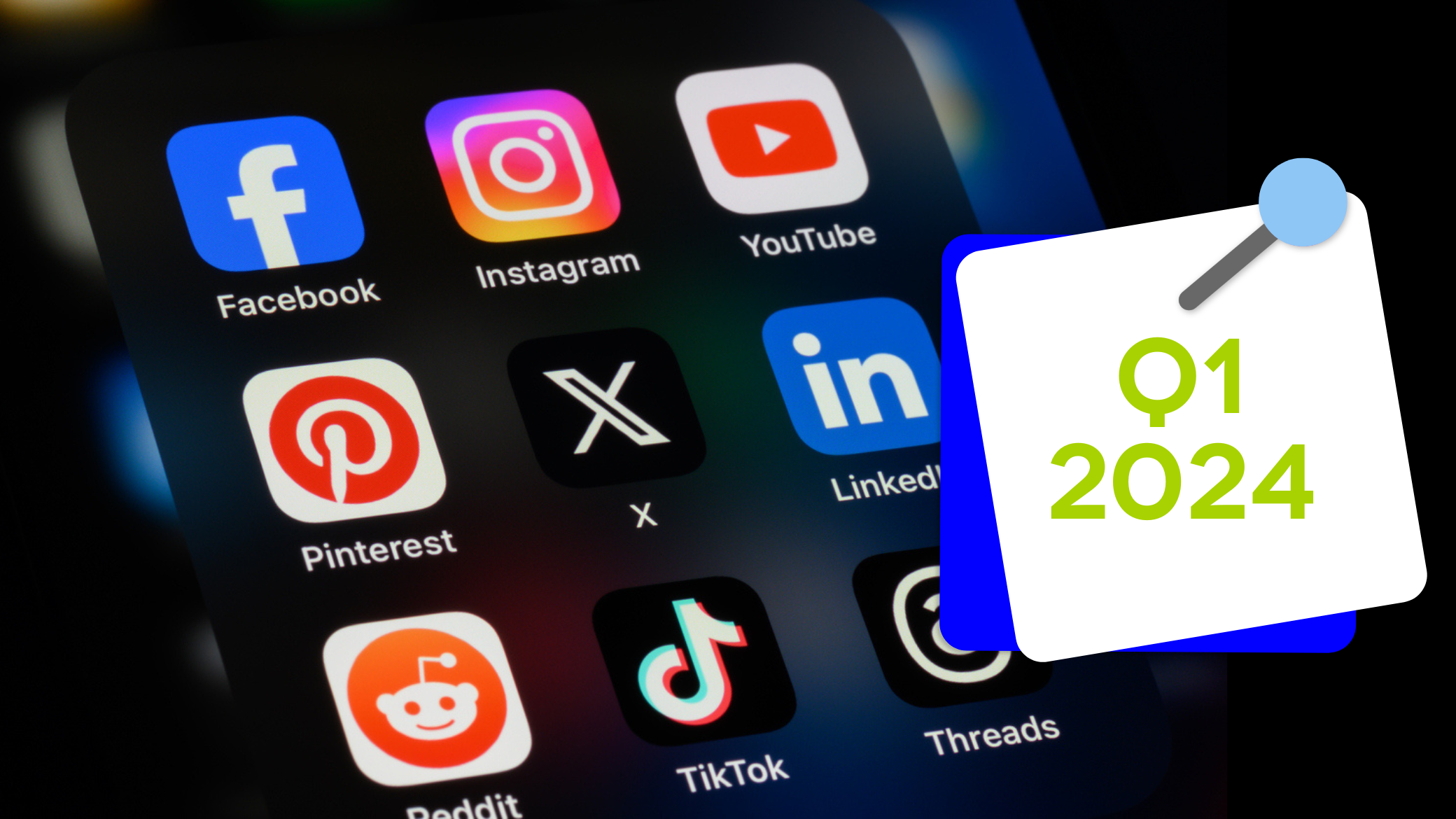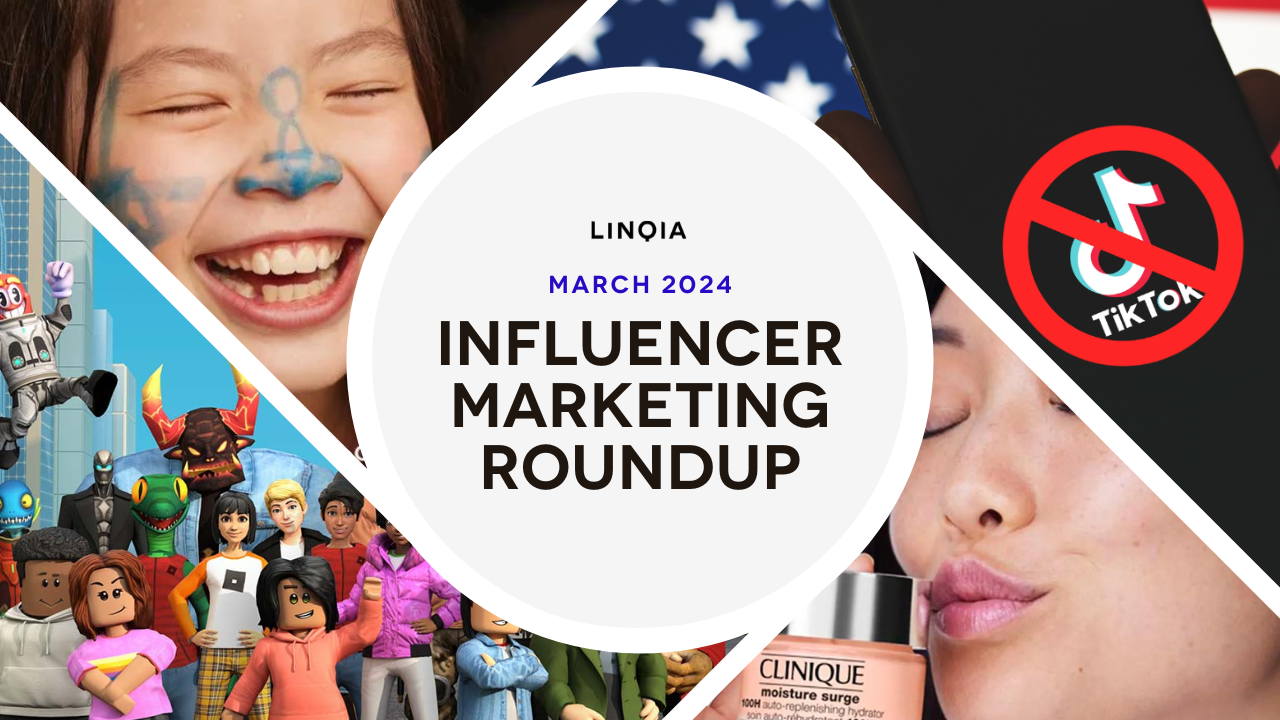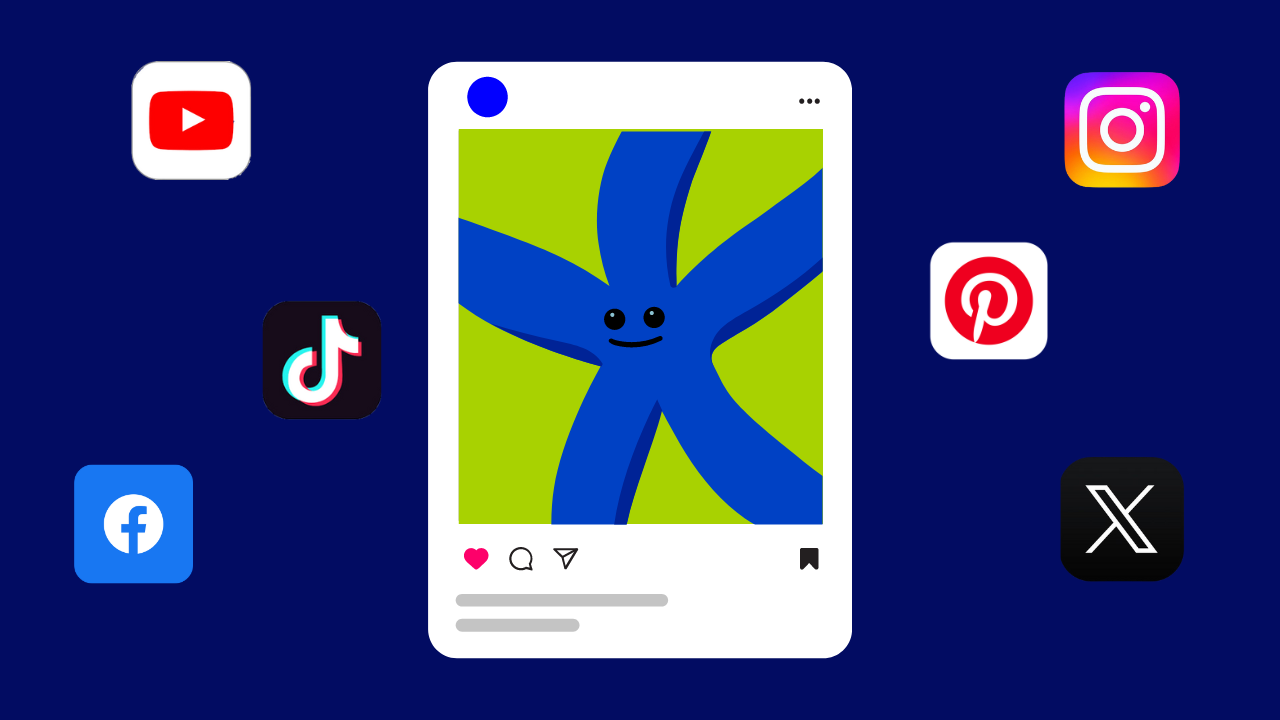A version of this article originally appeared on The Huffington Post.
Consumers today don’t trust traditional advertising; they trust people. According to Nielsen’s Global Trust in Advertising Report 2015, consumers trust personal recommendations and online reviews above brand advertisements. The distrust is even stronger among younger generations – only 1% of Millennials say they trust branded content versus the 33% who rely mostly on blogs before making a purchase.
In response, many brands and agencies have turned to influencer marketing in an effort to reach their audiences through the voices they trust most: their peers. This strategy has proven effective, as 81% of marketers are happy with the results and nearly 60% are planning to increase their influencer marketing budgets in the next twelve months.
This explosive growth has spawned a myriad of companies offering platforms and services designed to help brands improve the management and accountability of their influencer marketing programs. But how can you ensure that you’re getting the highest amount of value possible for your spend? It starts with understanding the different pricing models that are available to every marketer and communications professional. There are five typical pricing models: pay-per-post or flat-rate pricing, product compensation, SaaS subscription, pay-per-click, and pay-per-acquisition. Determining which pricing model is best fit for your brand depends on the the goals of each individual program.
Pay-Per-Post
This is the most common pricing model for influencer marketing, with 68% of marketers paying per post. In this model, influencers are paid a flat fee per each piece of sponsored content they create, whether it’s a photo, tweet, pin, video, or blog post. The cost per piece of content varies with the type of influencer you’re working with – micro-influencers may charge as little as $50 per piece of content while top-tier and celebrity influencers can charge as much as $250,000.
Although it’s the most common pricing model, pay-per-post is also extremely high risk as there is no guarantee that the content will meet the brand’s quality standards or that the influencer’s audience will engage with the sponsored content. However, if you’re solely looking for content creation, double check whether or not you have the rights to repurpose the content in other marketing initiatives as some pay-per-post influencers have restrictions on how their content can be reused. For those who are looking to work exclusively with top-tier influencers, keep in mind that most only accept pay-per-post sponsorship opportunities.
Product or Travel Compensation
In lieu of monetary compensation, some brands woo influencers with free products or travel packages. This type of compensation is common in the travel industry, as influencers can share personal stories based on their experiences. It’s also popular among brands with more expensive items (like a vacuum or luxury product) that aren’t easily purchased in-store or distributed as a sample. In this case, the influencer’s authentic review can be just enough to convince someone to learn more about the product or purchase it themselves.
Because compensating a large amount of influencers with product or travel is cost-prohibitive, this model is ideal for smaller programs or for those looking to establish a brand ambassador group. Brands working with an influencer partner should expect standard program fees on top of the product or experience costs.
SaaS Subscription
Some influencer partners offer access to an influencer marketplace. For a set fee (usually monthly), marketers can log into the platform to quickly search for influencers based on specific criteria (follower count, demographics, interests, etc.) and reach out through the platform to negotiate deals directly. SaaS subscription platforms offer varying levels of service but are ideal for brands who run their influencer programs in-house, with a staff dedicated to managing the programs using the technology. However, brands will still need to pay the influencers a flat-rate per piece of sponsored content on top of the platform subscription fee.
Pay-Per-Click
Pay-per-click pricing models compensate influencers based on how well their sponsored content performs, not by how many pieces of content they create. Program metrics are typically measured by clicks to a brand’s landing page, driven through a hyperlink embedded in the influencer content. Because of the increasing amount of fraudulent clicks from bots and click farms, brands and agencies using this model must be vigilant in ensuring their influencer partner only delivers authentic traffic through verified clicks, which come from genuinely engaged people.
In a performance-based model, influencers rely on audience interaction for compensation. As a result, they are motivated to create larger volumes of high quality content to capture their audience’s attention and inspire action. Brands and agencies using this are guaranteed to see return from their influencer marketing investment as they only pay for content that is proven to engage.
Pay-Per-Acquisition
A pay-per-acquisition model compensates influencers based on the number of purchases, actions or subscription sign-ups their content drives. This model is rarely used for influencer marketing programs because consumers seldomly purchase or sign up for something at the first introduction to the product or service. Rather, influencer marketing is most effective when the influencer’s audience becomes familiar with a product or service through repeated exposure over time. This familiarity is the first step of the purchase path, which continues through discovery, research, and validation before becoming a purchase or conversion.
Some platforms provide affiliate programs, where influencers earn commission on sales originating from their affiliate links. However, because brands have no control over where or how an influencer places or promotes their affiliate links, they risk being featured alongside competitors or within content that doesn’t match their brand values.
BONUS: Cost-Per-Engagement
Though the cost-per-engagement pricing model is uncommon among influencer marketing providers, it has become a popular method for measuring the ROI of an influencer program. However, it’s important to keep in mind that while social engagement can measure how a piece of content resonates with an audience, they indicate significantly less interest than a consumer clicking away from influencer content to a program landing page.
Before getting started on your next (or first!) influencer marketing program, think carefully about your program goals. Whether you’re running a program in-house or working with an influencer partner, select the pricing model that not only fits your budget but also gives you the best chance in meeting, or exceeding, your goals.




